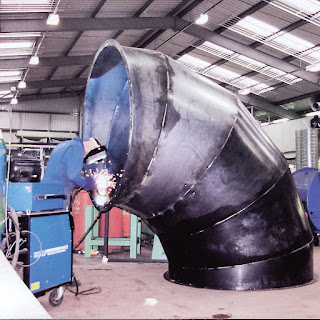Enhancing Workplace Well-being: The Importance of Effective Factory Ventilation

In the bustling world of manufacturing, where the clanking of machinery and the hum of production are constant companions, one crucial aspect often goes unnoticed – ventilation. Factory ventilation, though often overlooked, plays a pivotal role in ensuring not just the efficiency of operations but also the health and well-being of workers. Let's delve into why effective ventilation is paramount in any industrial setting. First and foremost, proper ventilation directly impacts the air quality within the factory premises. Industrial processes often release airborne contaminants such as dust, fumes, and gases, which, if left unchecked, can pose significant health risks to workers. These contaminants can lead to respiratory issues, allergies, and even long-term health complications. By implementing effective ventilation systems, factories can mitigate the concentration of these harmful substances, thus safeguarding the health of their workforce. Moreover, adequate ventilation helps




